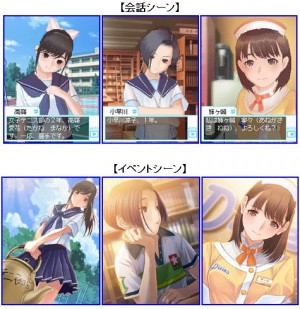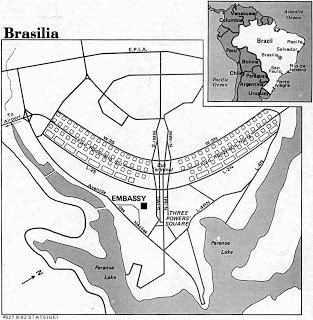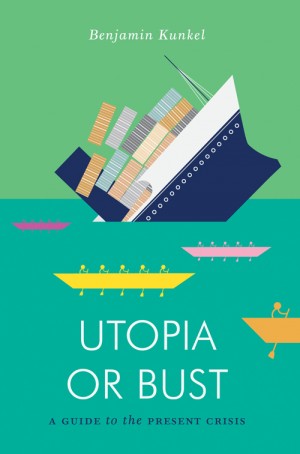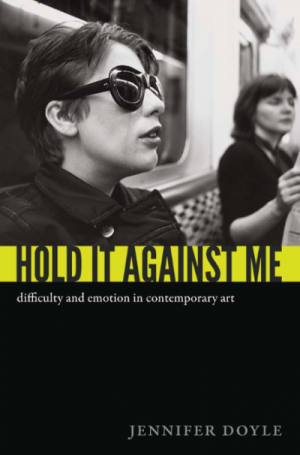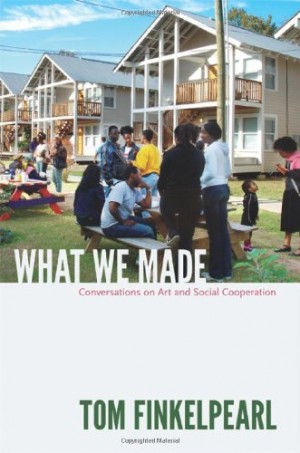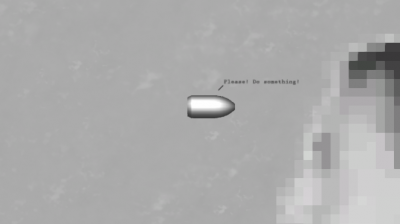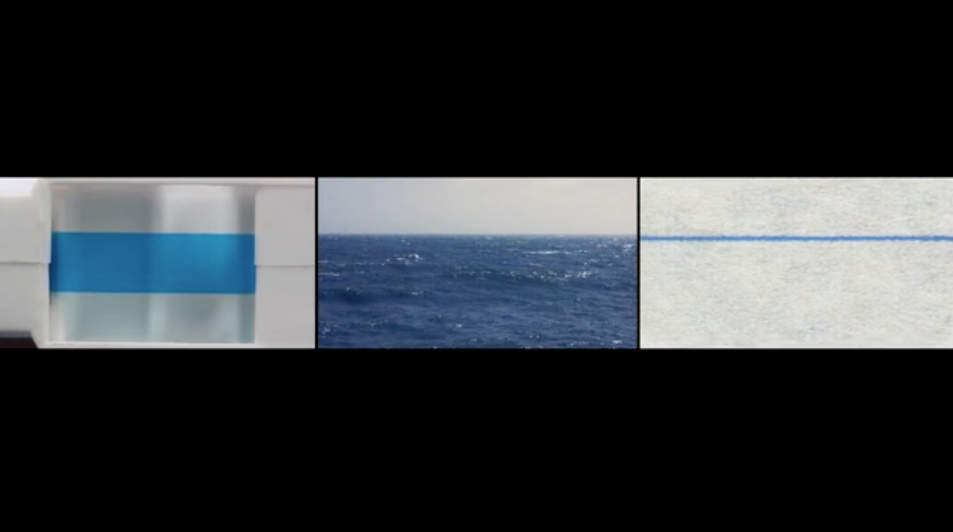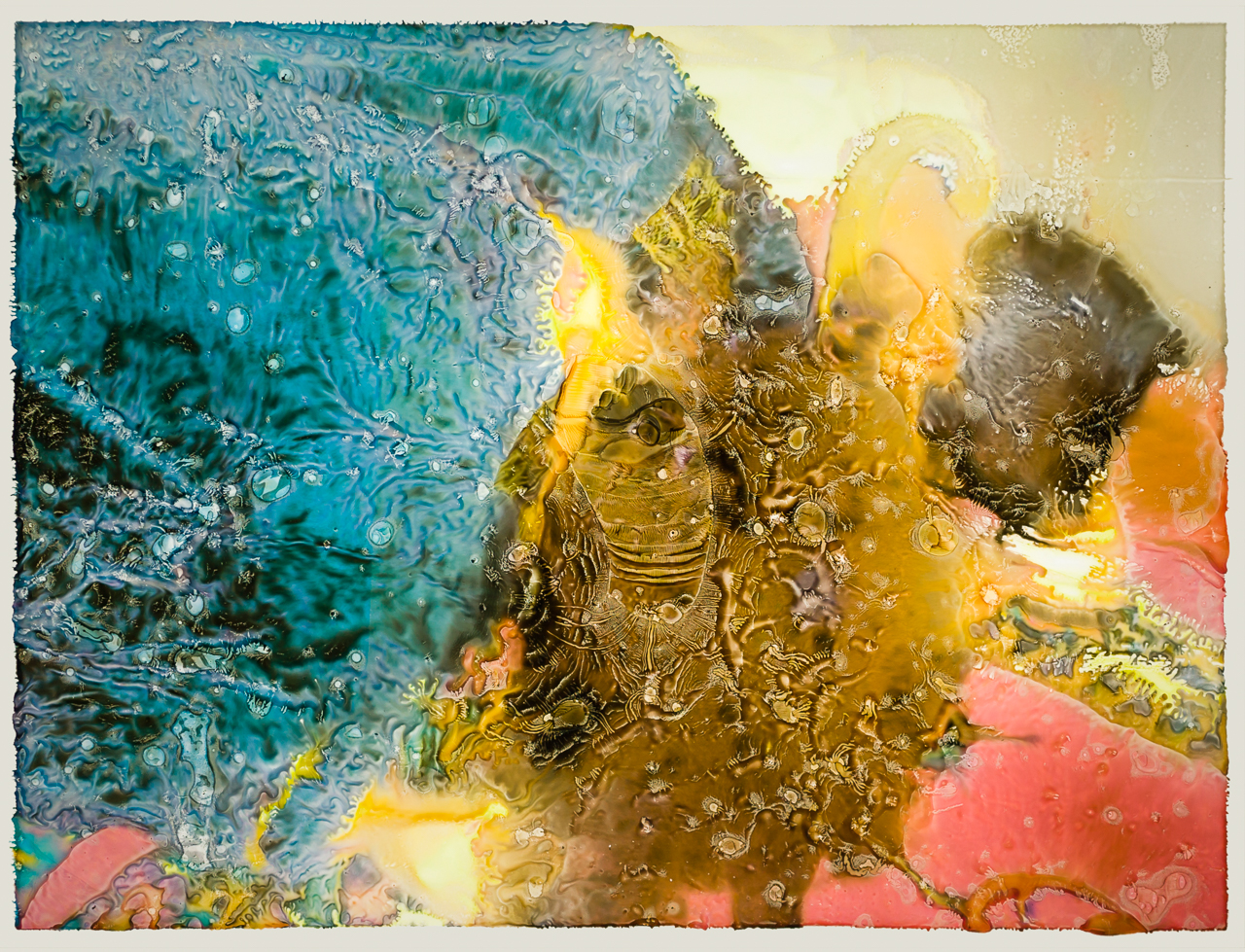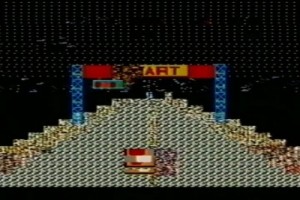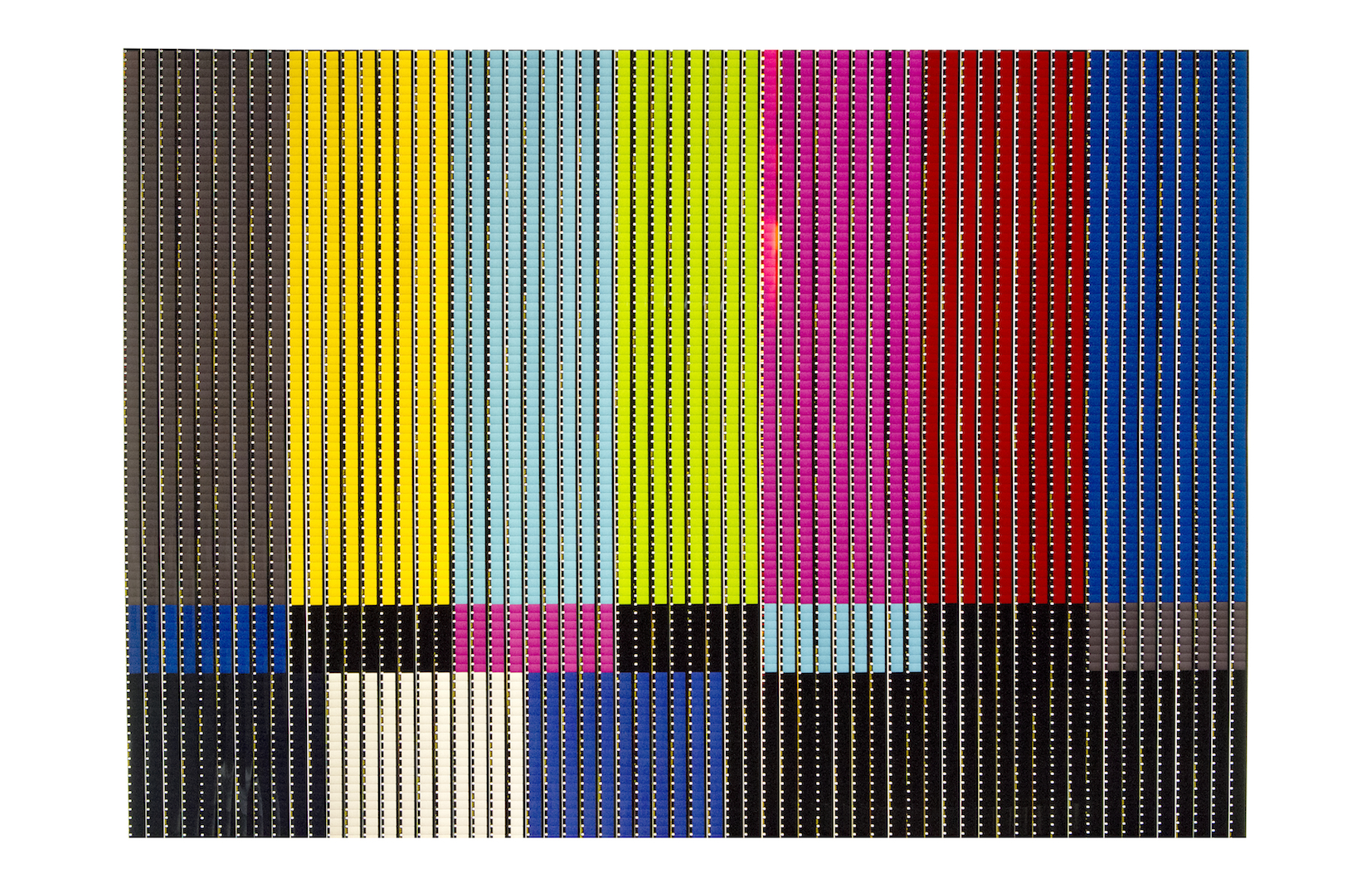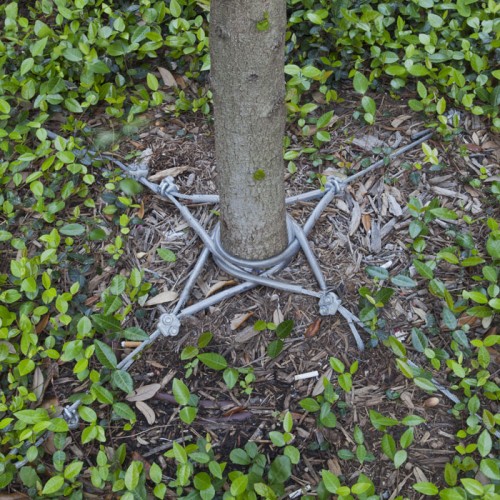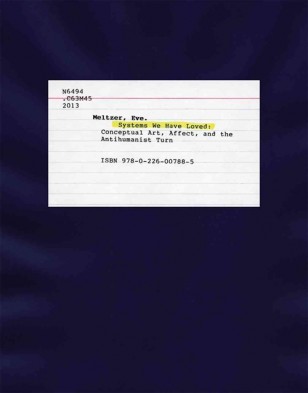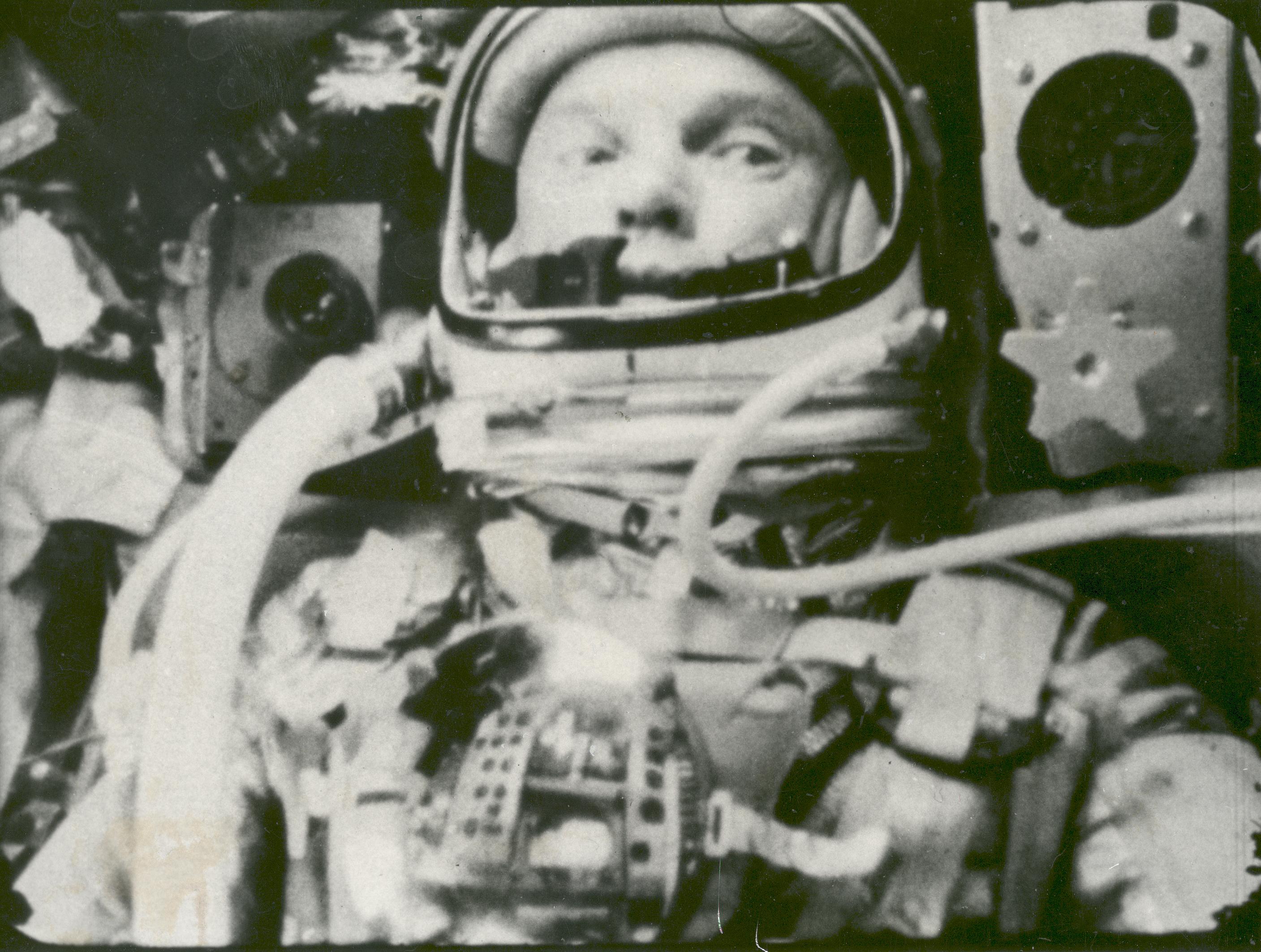Provincial Matters
Janet Wolff This essay returns me to Rochester, thirteen years after I left. It also returns me to a mild obsession I developed in my last year in Rochester with the artist Kathleen McEnery Cunningham, and with the fascinating social and cultural world of Rochester in the 1920s. I curated an exhibition of McEnery’s work at the Hartnett Gallery at the University of Rochester in 2003, and advised on another in New York a couple of years later. The essay will also be a chapter of a book I am completing, entitled Austerity Baby, which is part memoir, part family history, part cultural history. Two other chapters were published in 2013: one in the collection Writing Otherwise (edited by Jackie Stacey and Janet Wolff, published by Manchester University Press), and another here in the online literary journal, The Manchester Review. * * * The American artist Kathleen McEnery Cunningham presided at the center of a lively cultural scene in Rochester, New York, in the 1920s and 30s. In 1914, she had married Francis Cunningham, then …



